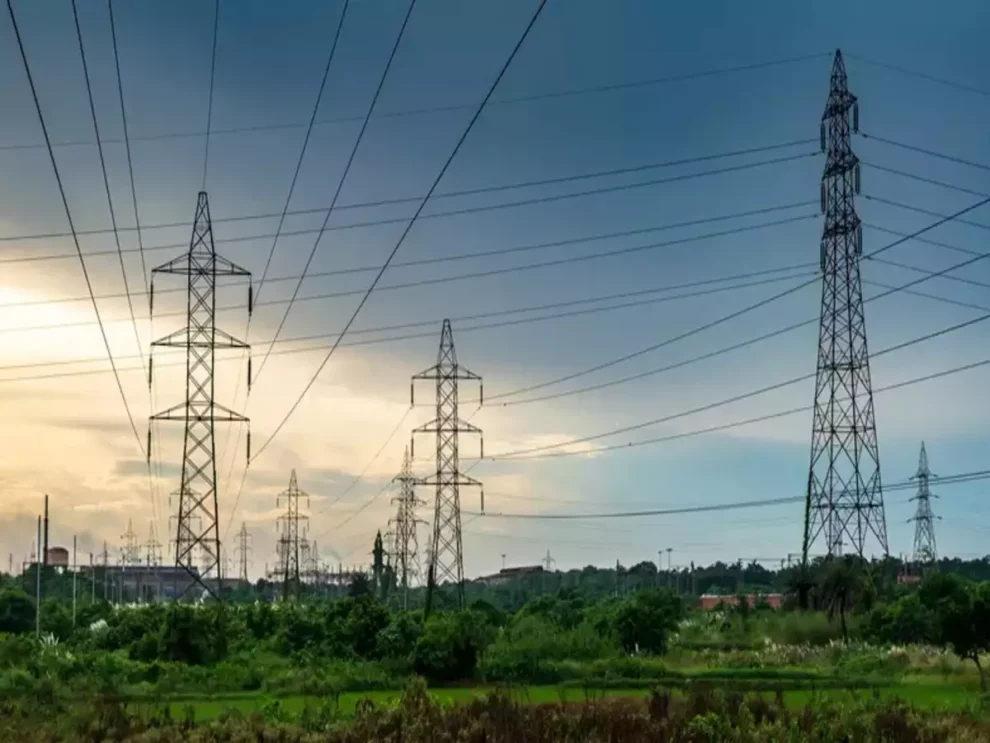The exponential growth of artificial intelligence (AI) technologies is shaping a future where the digital realm significantly impacts global energy consumption. As AI models become more sophisticated, their thirst for electricity mirrors that of small nations, posing both challenges and opportunities for the energy sector and beyond.
Key Highlights:
- AI’s electricity consumption could soar to 85-134 TWh annually by 2027, rivaling the energy needs of countries like the Netherlands, Argentina, and Sweden.
- The integration of generative AI into services like email and search engines, exemplified by Google, underscores the vast energy requirements of AI at scale.
- Innovations in AI efficiency paradoxically may lead to increased usage, known as Jevons’ Paradox, exacerbating energy demands.
- Experts emphasize the necessity for mindful application of AI technologies, considering their significant energy footprint.

In-Depth Analysis:
The digital transformation, marked by the rapid advancement and adoption of AI, has ushered in an era where the electricity consumption of AI technologies is under scrutiny. A report highlighted by ScienceDaily and Euronews, based on research from Alex de Vries published in Joule, projects a steep increase in AI-related energy use, potentially reaching up to 134 TWh annually by 2027. This surge is attributed to the growing deployment of AI servers and the extensive computational power required for training and operating AI models, including popular tools like ChatGPT and image generation software.
The environmental implications of AI’s energy consumption are becoming a focal point for researchers and industry watchers alike. As AI tools become more efficient, the resultant increase in accessibility and applications could lead to a scenario where the benefits of efficiency gains are offset by broader usage across various sectors. This phenomenon, known as Jevons’ Paradox, suggests that improvements in energy efficiency might not translate into reduced overall energy consumption due to the expanding scope of AI applications.
Moreover, the potential energy impact of AI extends to major tech companies’ operations. Google’s experimentation with AI-powered search functions, if applied across its billions of daily searches, could necessitate an energy expenditure equivalent to the annual consumption of countries like Ireland, showcasing the scale of AI’s energy footprint.
The Road Ahead:
As the AI industry continues to evolve, its energy requirements pose significant questions about sustainability, energy efficiency, and the global push towards renewable sources. The conversation around AI’s energy consumption underscores the need for a balanced approach that leverages AI’s transformative potential while mitigating its environmental impact. Strategies such as enhancing the energy efficiency of data centers, investing in renewable energy sources, and adopting more sustainable AI training methods are crucial steps towards addressing this challenge.
In conclusion
While the promise of AI is undeniably transformative, its environmental cost demands urgent attention. Balancing innovation with sustainability is imperative as we navigate the complexities of a digitally driven future. The dialogue surrounding AI’s energy consumption is not merely about technological advancement but also about our collective responsibility towards a sustainable planet.
















